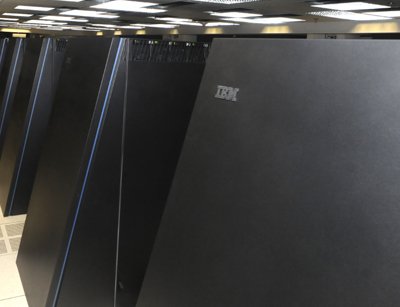The University of Victoria hopes to propel itself into the top five life sciences research centers in the world thanks to the purchase of one of the greenest supercomputers available, which will come online in June this year.
It said by using IBM’s Blue Gene/Q , it hopes to find cures for some of the most debilitating illnesses in the world.
Researchers of human life sciences working under the Victorian Life Sciences Computation Initiative at the university include worldwide experts in biology and computation.
Professor Peter Taylor, director of the Victorian Life Sciences Computation Initiative (VLSCI) said the work now being undertaken with IBM is the next stage of the university’s facility, which will allow it to fast track research into treatments for cancer, epilepsy and other devastating diseases.
“The IBM Blue Gene/Q computer will allow us to tackle some of the most debilitating and critical health problems we face, at the same time it will keep Victoria globally competitive in life sciences research,” Taylor said.
IBM manager for its research collaborator for life sciences Dr John Wagner said the computer which can provide 836 teraflops of processing power, is dedicated to life sciences.
“Some of the toughest problems in life sciences research take weeks to months to monitor on the theatre desktop computer,” Wagner said.
“This new IBM Blue Gene/Q supercomputer can perform up to 836 trillion numerical calculations every second, reducing that time to hours or even minutes.”
The Green500 list, which ranks the world’s most energy efficient supercomputers, ranked Blue Gene/Q as the world’s most energy efficient supercomputer in November 2011.
The VLSCI was set up with IBM’s Research Collaboratory for Life Sciences and the University of Melbourne for A$100m to accelerate life sciences research in the state of Melbourne.
IBM’s Blue Gene/Q is its third generation of supercomputer, following Blue Gene/L and Blue Gene/P. The Blue Gene/Q project is an expansion of the blue Gene/L and /P architectures, containing an 18-core chip.
Blue Gene/Q will also be installed at the Lawrence Livermore National laboratory in the US as part of its Advanced Simulation and Computing Program for nuclear simulations and the Argonne National Laboratory which carries out climate research.

